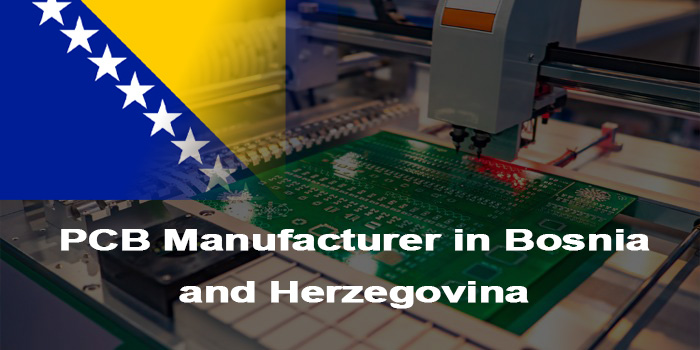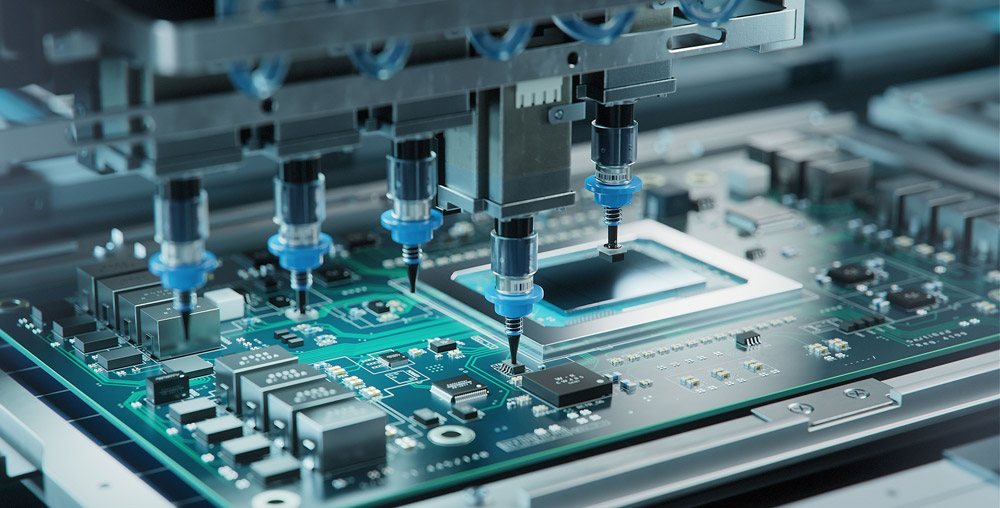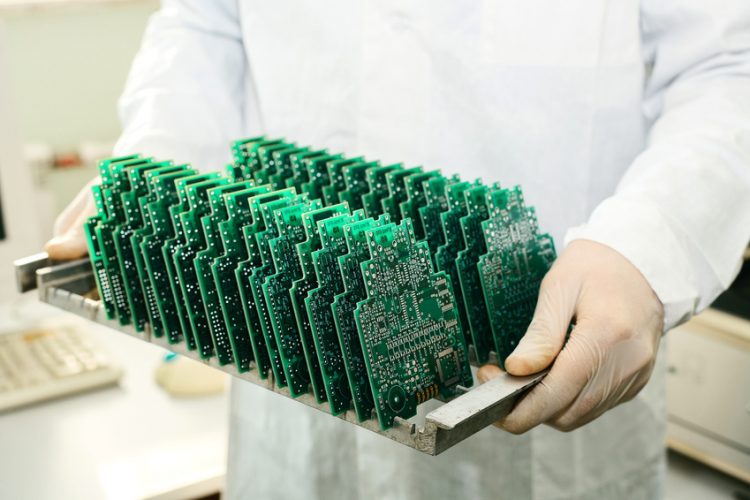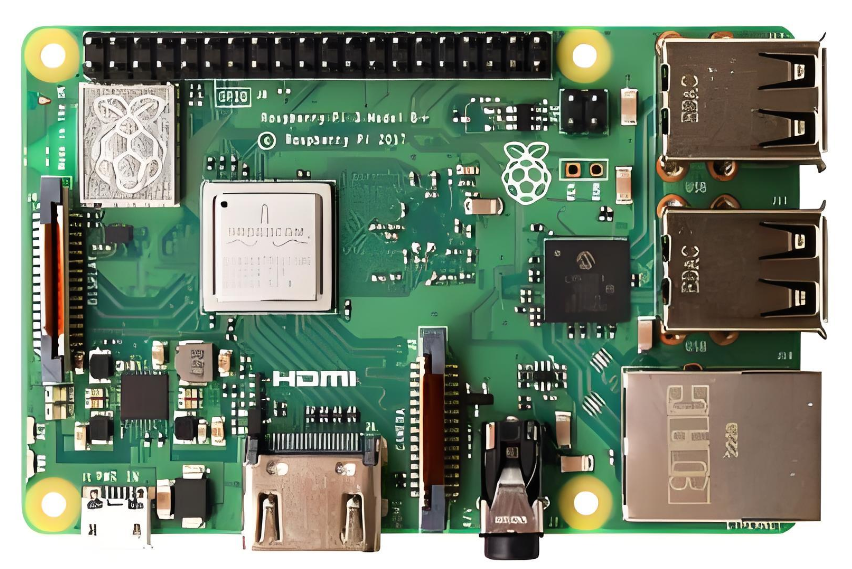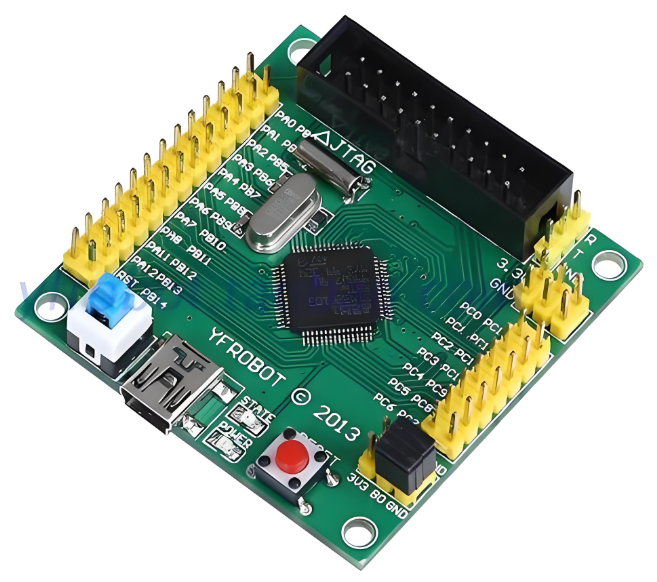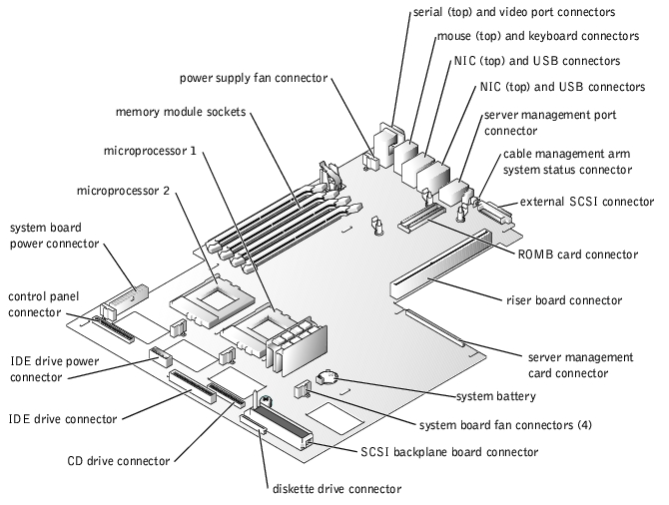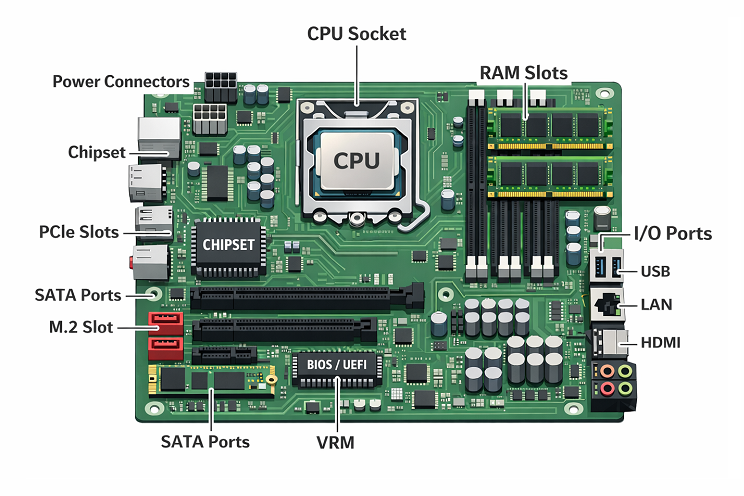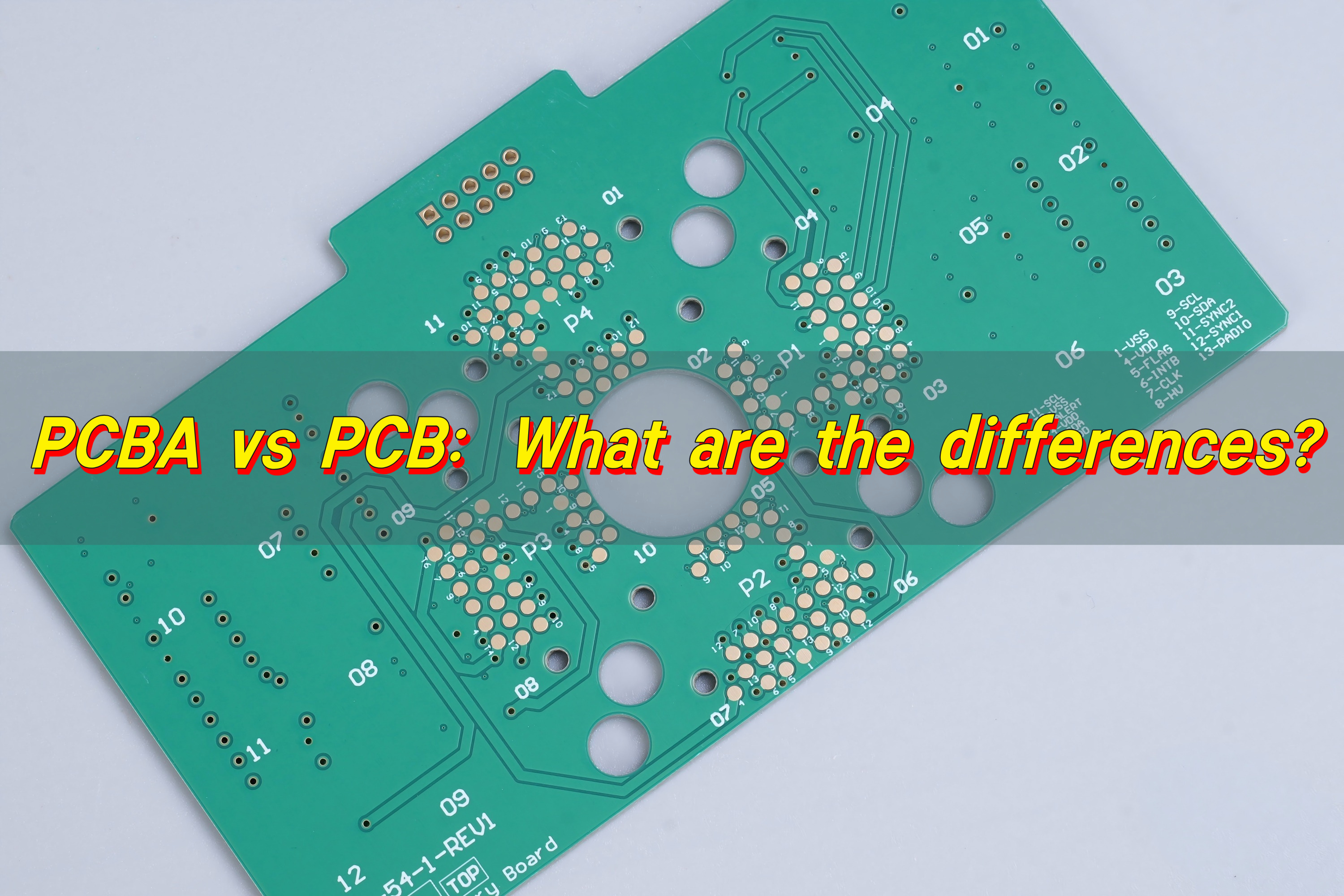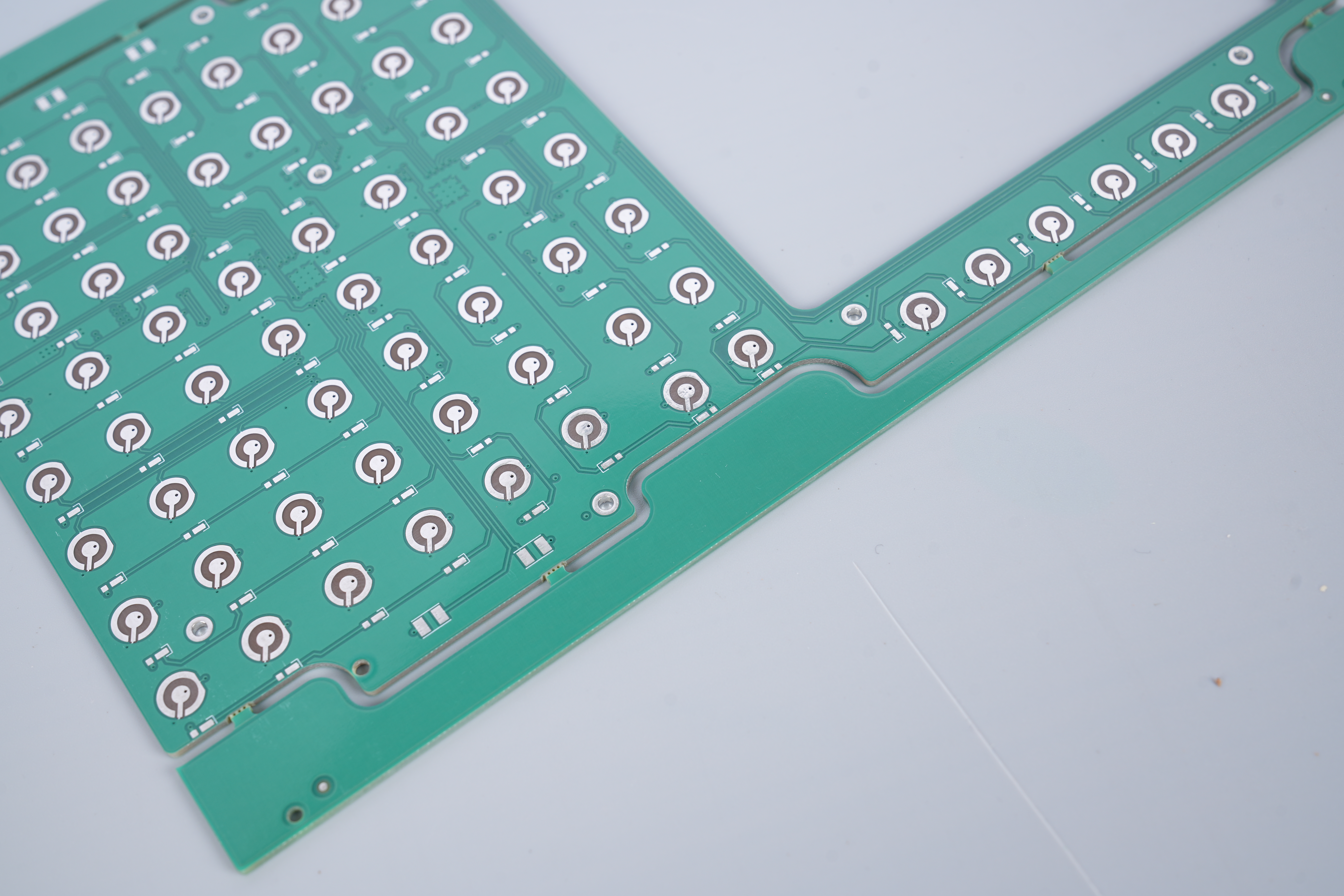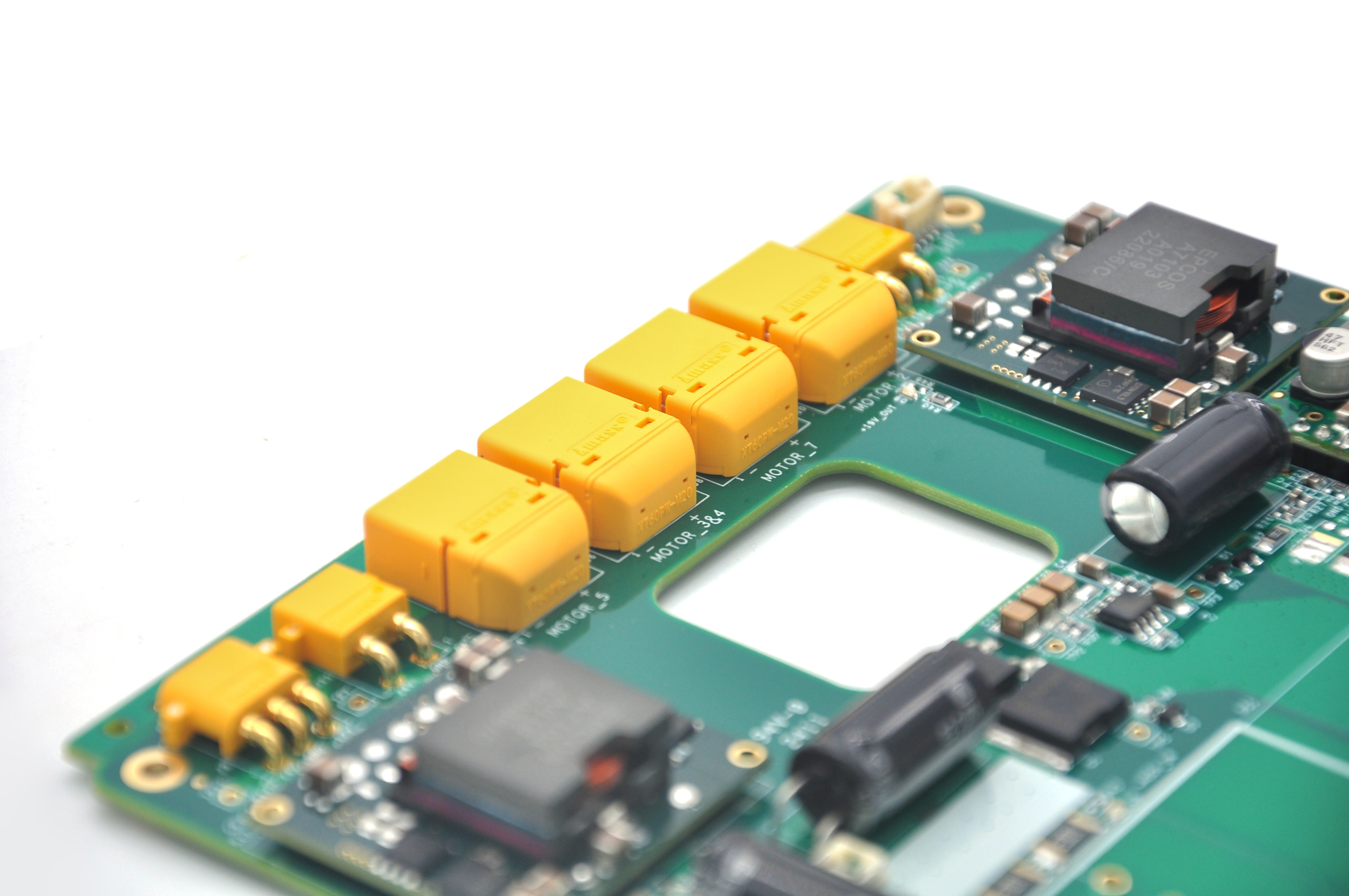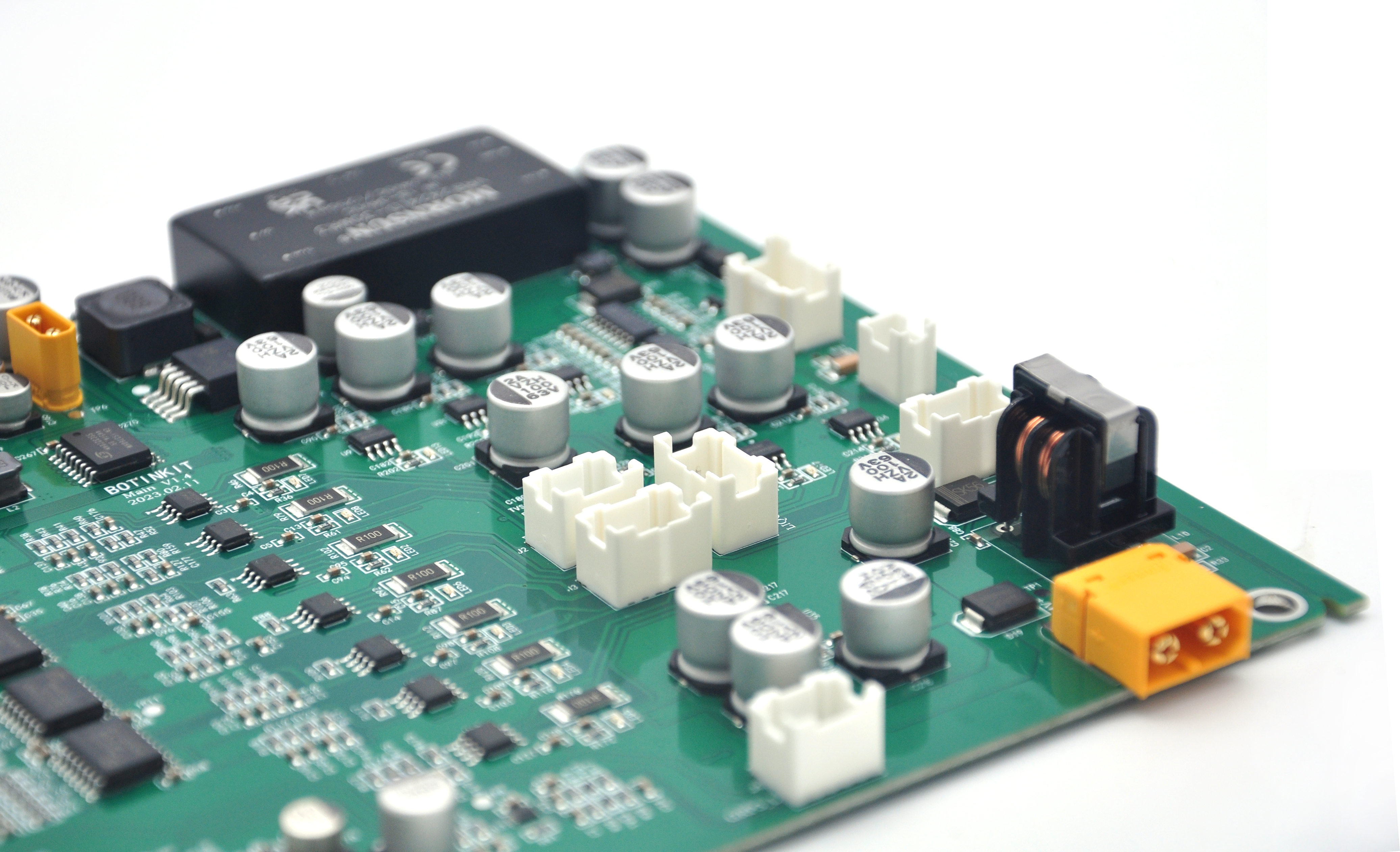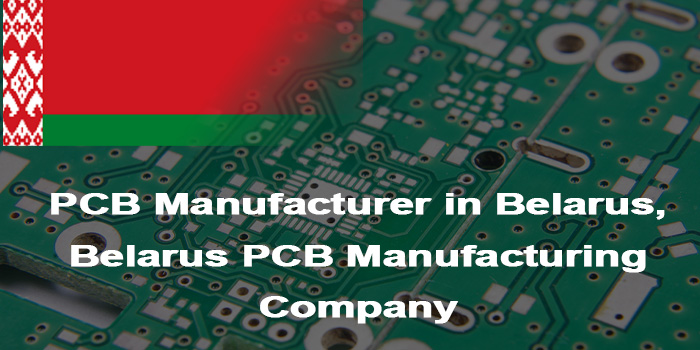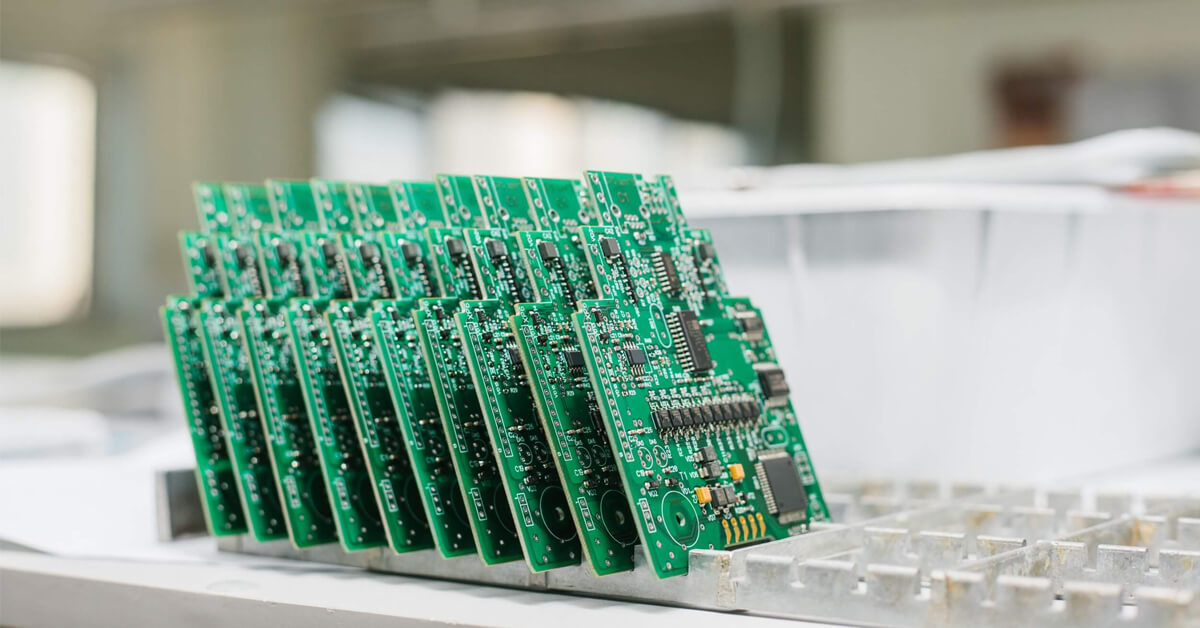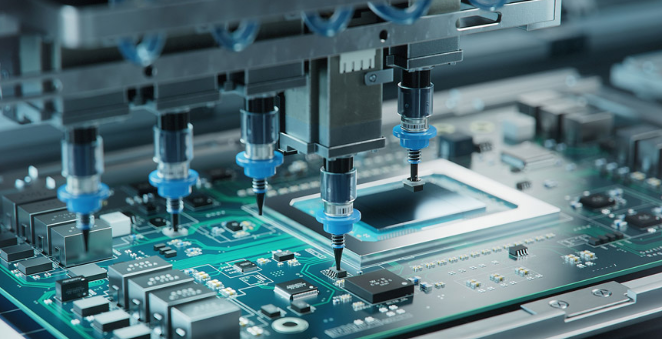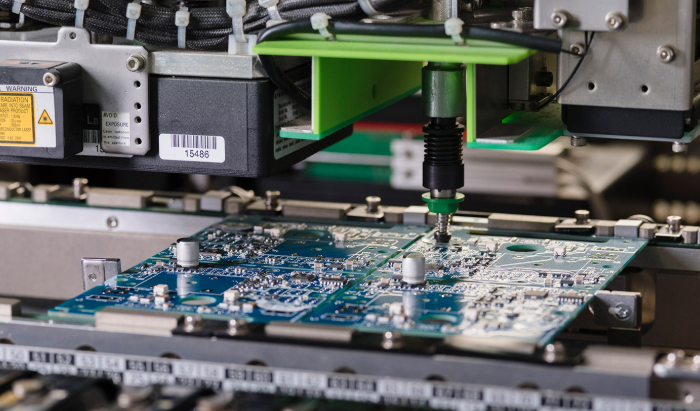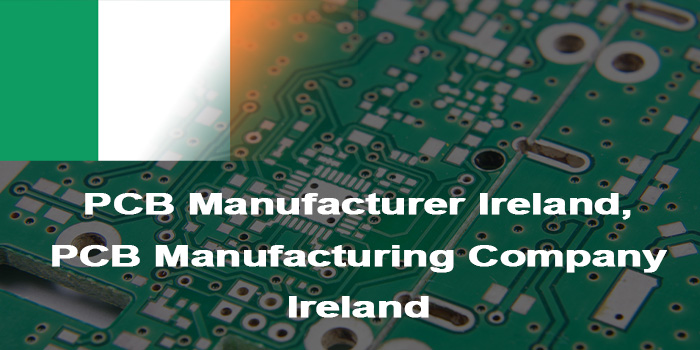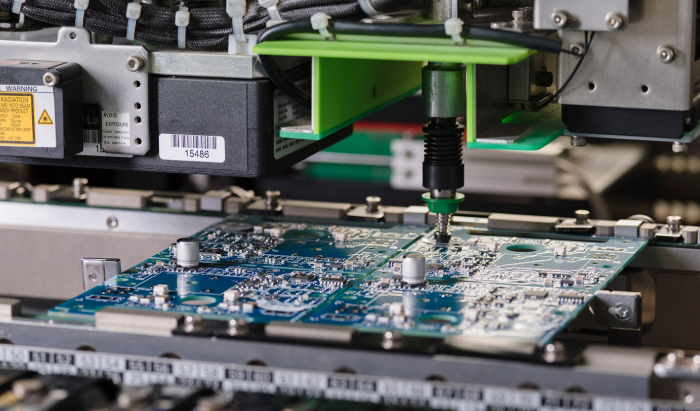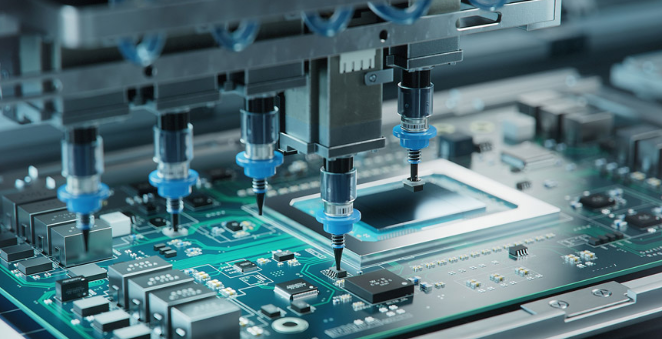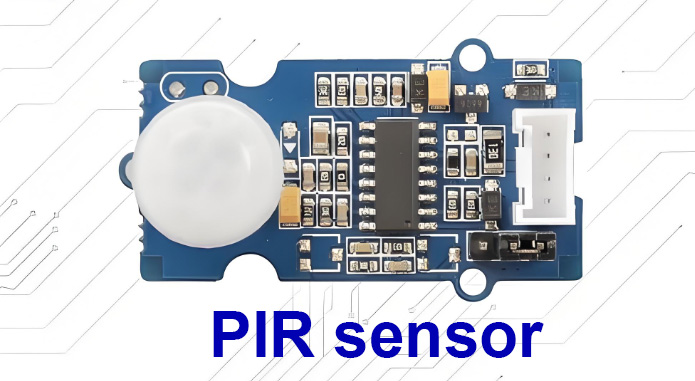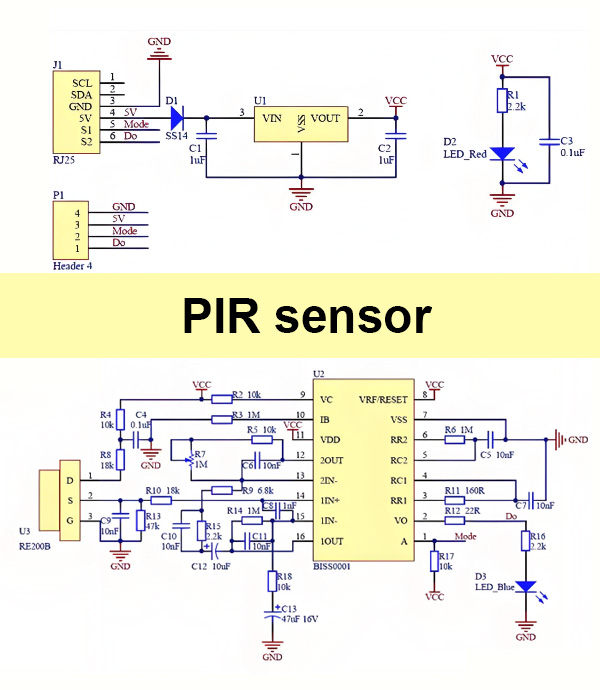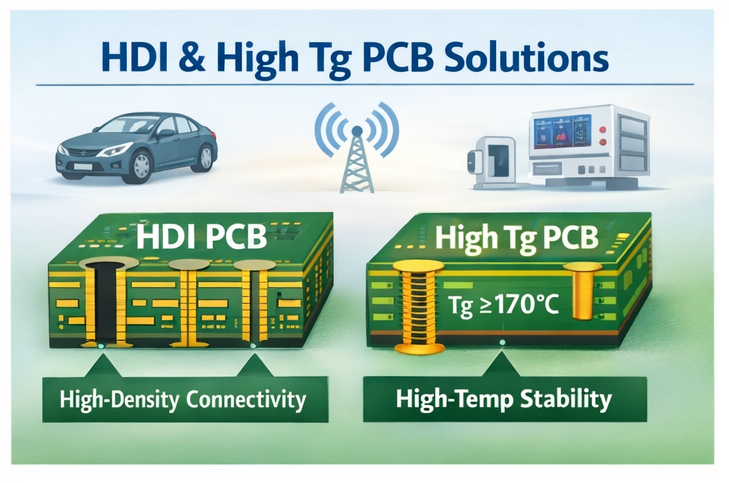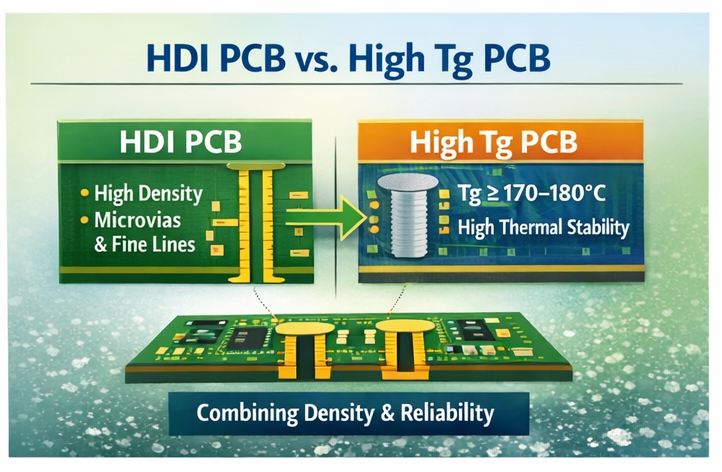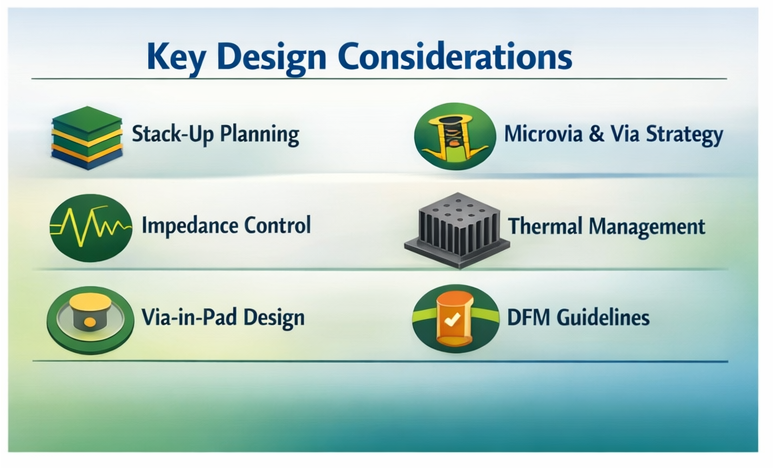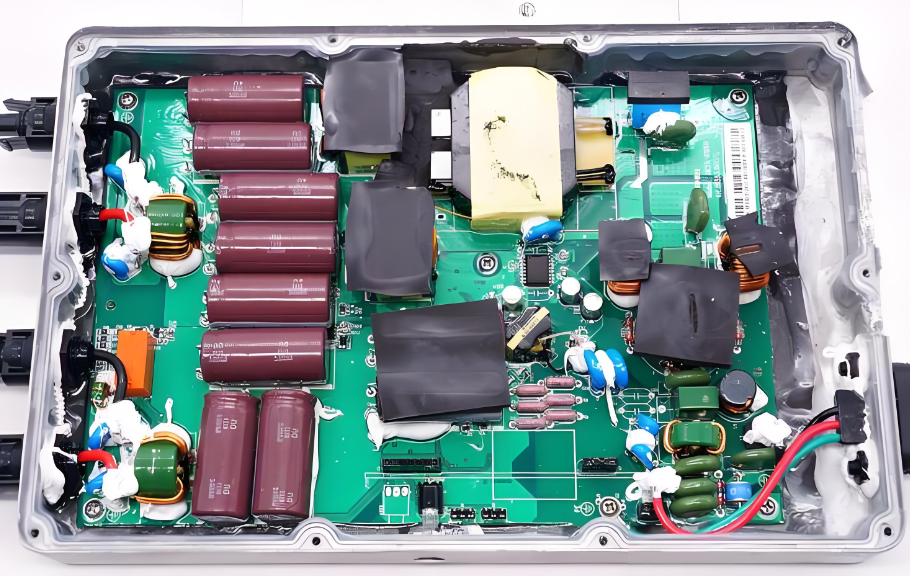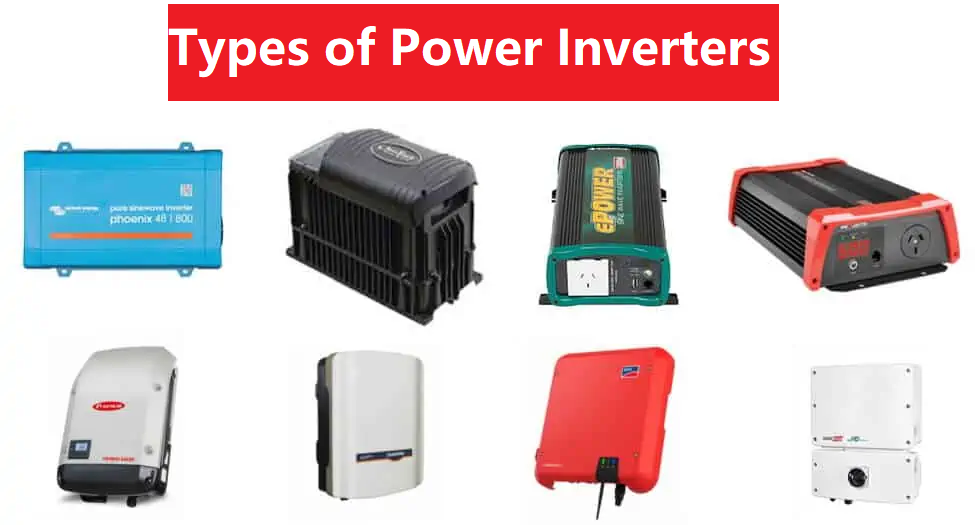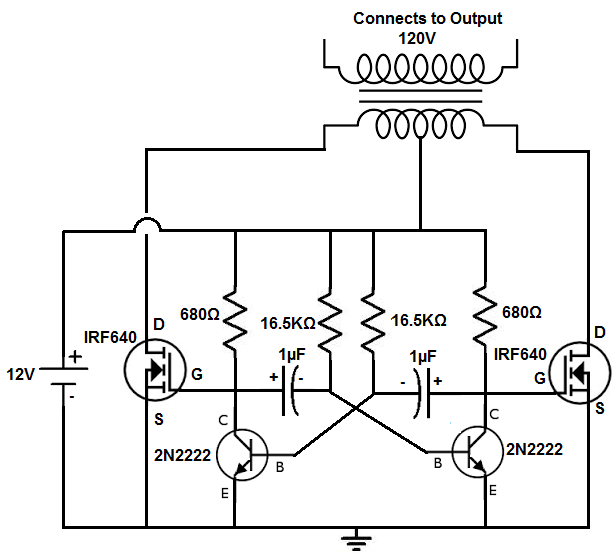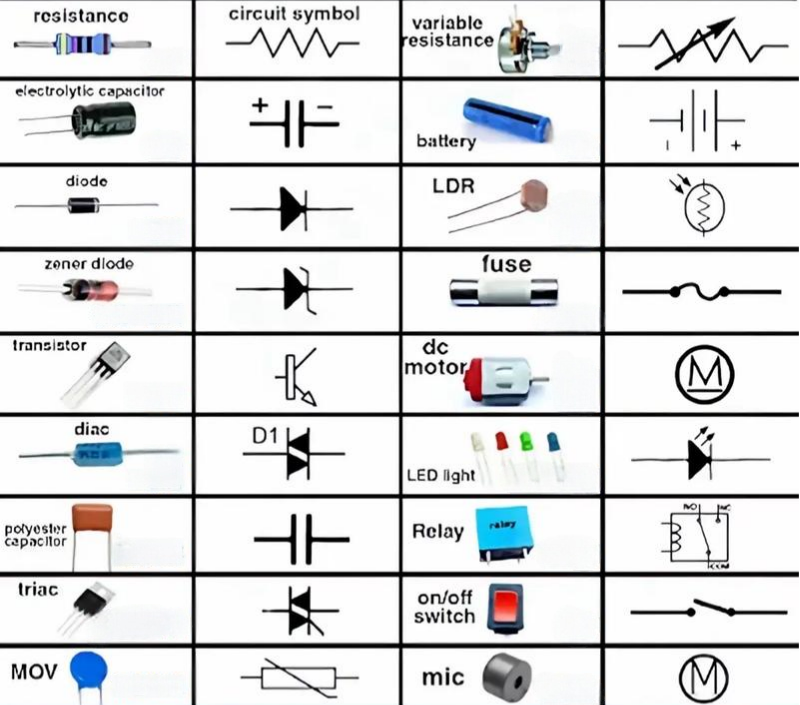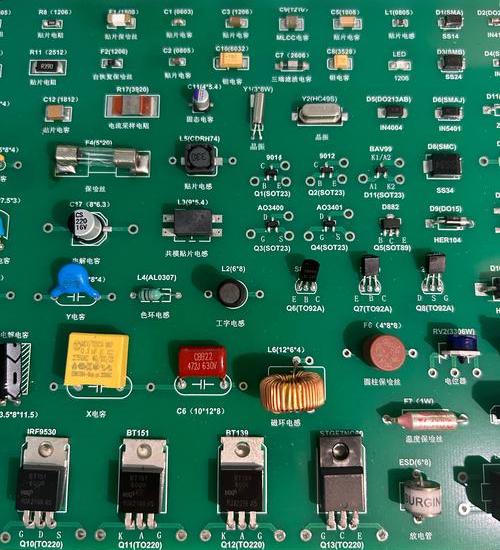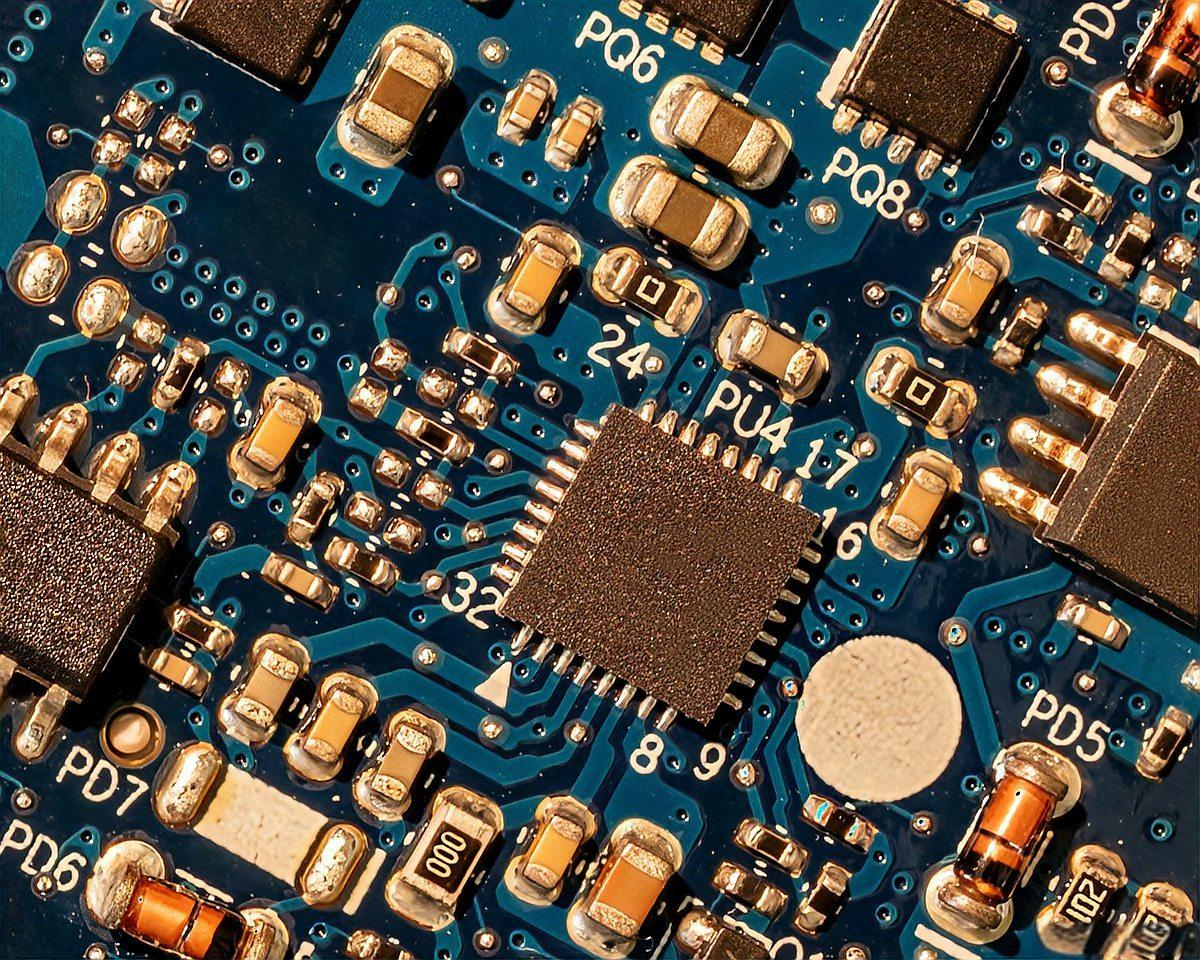Surface-mount resistors are the backbone of modern miniaturized electronics, and the 0402 resistor package is one of the most widely used formats today. Designers rely on this small, lightweight device to save space, reduce cost, and support high-density PCB layouts. Although it looks very simple at first glance, the 0402 package plays a critical role in controlling current flow, establishing reference points, supporting bias networks, and maintaining signal integrity in compact circuits.
This guide provides a detailed and practical overview of the 0402 chip format, including 0402 resistor size, common resistance values, power rating, voltage performance, dimensional specifications, comparisons with smaller SMD formats, and the answers to common questions asked by designers.
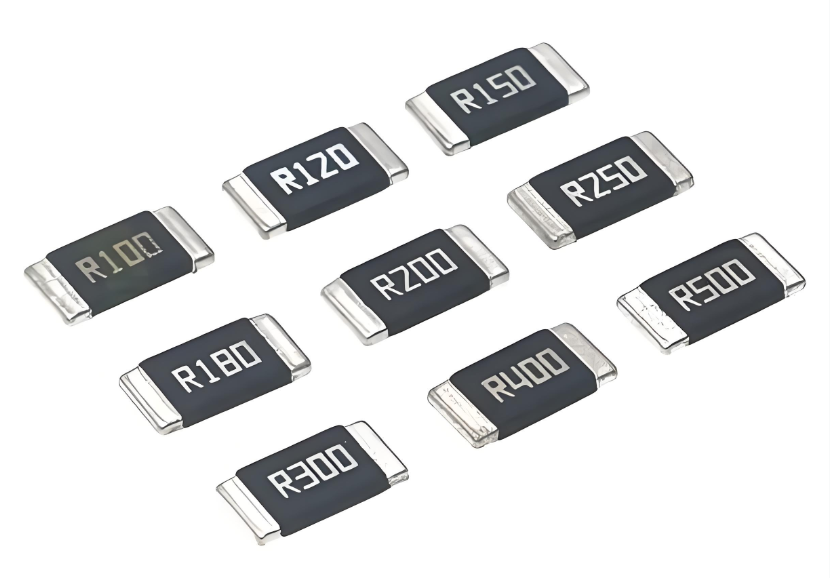
What Is a 0402 Resistor?
A 0402 resistor is a surface-mount chip resistor with a physical size of 0.04 √ó 0.02 inches. It is designed to provide stable and predictable resistance in compact circuits. This package is widely used in mobile electronics, wearables, laptops, communication modules, IoT devices, industrial instruments, and automotive control units.
This small package is valued for its:
- Very compact footprint
- Low material and assembly cost
- Stable electrical characteristics
- High assembly efficiency in SMT production
- Suitability for medium-density and high-density PCB layouts
The 0402 package sits at the center of the SMD resistor family. It is small enough for space-constrained layouts yet still large enough to offer good mechanical stability and predictable solder joint strength.
0402 Resistor Specifications and Dimensions
The specifications of a 0402 resistor vary by manufacturer, but the general characteristics remain fairly consistent across the market. Here is a 0402 resistor specifications and dimensions table:
| Parameter | Typical Specification | Notes |
| Package Size (Imperial) | 0402 | Standard SMD code |
| Package Size (Metric) | 1005 (1.0 √ó 0.5 mm) | ISO metric code |
| Length (L) | 1.00 mm ¬Ī 0.05 mm | Varies by manufacturer |
| Width (W) | 0.50 mm ¬Ī 0.05 mm | Varies slightly by series |
| Thickness (T) | 0.30‚Äď0.40 mm | Depends on power rating |
| Terminal Thickness | 0.10 mm | Cu/Ni/Sn plated |
| Resistance Range | 0.5 ő© to 10 Mő© | Wider ranges in some series |
| Tolerance Options | ¬Ī1%, ¬Ī2%, ¬Ī5% | Thin-film supports ¬Ī0.5% or ¬Ī0.1% |
| Temperature Coefficient (TCR) | ¬Ī100 to ¬Ī400 ppm/¬įC | Precision film can reach ¬Ī25 ppm/¬įC |
| Power Rating | 0.0625 W (1/16 W) | Enhanced versions reach 0.1 W |
| Maximum Working Voltage | 25 V | Limited by small geometry |
| Dielectric Withstanding Voltage | 50 V | Short-term withstand |
| Operating Temperature | ‚Äď55¬įC to +155¬įC | Typical thick-film spec |
| Termination Material | Cu/Ni/Sn | Lead-free RoHS compliant |
| Construction Type | Thick-film or Thin-film | Depends on accuracy requirements |
| Standard Packaging | Tape & reel | 10,000 pcs or 5,000 pcs reels |
Manufacturers offer both thick-film and thin-film construction. Thick-film versions are ideal for general-purpose applications due to their attractive cost. Thin-film versions provide tighter tolerance and lower TCR, which are preferred in precision circuits such as sensor interfaces and measurement systems.
What Size Is 0402 in mm?
The name ‚Äú0402‚ÄĚ reflects the imperial dimensions of the component. The first two digits represent the length in hundredths of an inch, and the last two digits represent the width in hundredths of an inch.
- Length: 0.04 inch
- Width: 0.02 inch
Converted to metric values, the 0402 package has:
- Length: 1.0 mm
- Width: 0.5 mm
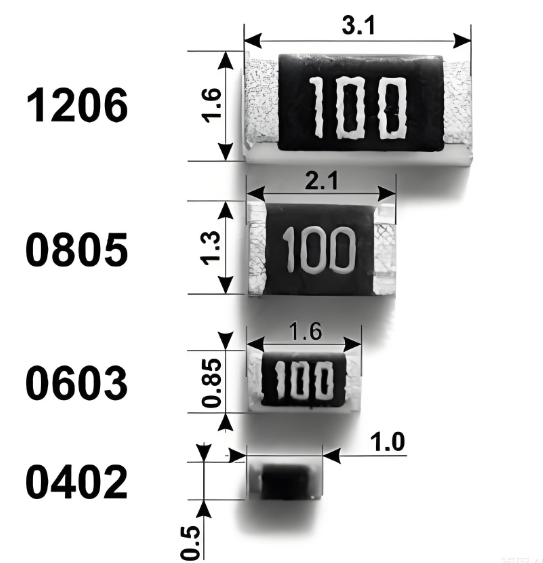
Because of this small footprint, the 0402 format is widely used in circuits requiring tight component spacing. Designers select it when they need shorter trace lengths, denser routing, reduced board area, and improved electrical performance in compact RF or high-speed designs. The size also makes it suitable for smartphones, smart wearables, compact medical devices, and other highly integrated products.
What Are Typical 0402 Resistor Values?
Typical 0402 resistor values follow standard E-series ranges. This means the device is available in both common and precision resistance values across a wide span.
Common value ranges in 0402 packages include:
- 1 ő© to 10 ő© for current sensing and damping
- 10 ő© to 1 kő© for signal biasing and termination
- 1 kő© to 100 kő© for voltage dividers and control circuits
- 100 kő© to several Mő© for leakage control and pull-up or pull-down networks
In practical designs, engineers choose the value based on the required current, target voltage drop, allowed power dissipation, and noise or stability constraints. Many vendors provide full E24 and E96 series values for applications that require fine adjustment or precision tuning.
What Is the Voltage of a 0402 Resistor?
A typical 0402 chip has a modest voltage rating due to its very small physical size. A common set of values is:
- Maximum working voltage: about 25 V
- Dielectric withstand voltage: about 50 V
These numbers vary slightly between manufacturers, but the working voltage remains limited because the body is small and the internal conduction path is short. In sensitive or high-reliability designs, engineers normally operate these parts well below the maximum ratings.
When designing with these small chip resistors, you should consider:
- Derating at high ambient temperature
- Transient loads in switching circuits and startup events
- Creepage and clearance distance on the PCB surface
- Voltage coefficients, especially for very high resistance values
Even though the rated working voltage is around 25 V, many designers prefer to keep the operating voltage lower to minimize stress and improve long-term reliability.
What Is the Power Handling of 0402 Resistor?
The most common 0402 resistor power rating is:
- 1/16 watt (0.0625 W)
Some specialized versions may offer ratings up to 0.1 W, but these parts rely on improved materials and specific manufacturing processes. Always review the datasheet before assuming a higher rating.
In real circuits, the actual power a 0402 can handle depends on more than the nominal rating. Key factors include:
- Copper pad design and thermal connection to inner layers
- PCB material and thickness
- Ambient temperature and available airflow
- Distance from other heat sources and power devices
- Duration of load and duty cycle
Because the resistor is very small, its thermal mass is limited. It heats up quickly during overload. In high-density layouts, engineers often derate the load to around half of the nominal rating to ensure long service life and to avoid hot spots on the PCB.
What Is the Difference Between SMD 0201 and 0402?
The SMD 0201 and 0402 packages are both used in miniaturized designs, but they differ significantly in handling, manufacturability, and electrical behavior.
SMD 0201 Resistor
- Size around 0.6 mm √ó 0.3 mm
- Extremely small, with very limited pad area
- Requires advanced pick-and-place machines and precise solder paste control
- Usually has a lower power rating than 0402
- More sensitive to misalignment, tombstoning, and reflow issues
- Used mainly when PCB space is extremely constrained
SMD 0402 Resistor
- Size around 1.0 mm √ó 0.5 mm
- Easier to mount and inspect than 0201
- Stronger solder joints and better mechanical stability
- Higher power rating compared with 0201
- Less prone to assembly defects in standard SMT lines
- Broadly supported across many EMS factories and assembly partners
In simple terms, you can think of it this way: use 0201 when every square millimeter matters, and select the 0402 package when you want a good balance between size, stability, cost, and assembly yield.
0201 vs 0402 vs 0603 SMD Resistors
| Specification | 0201 | 0402 | 0603 |
| Metric Code | 0603 | 1005 | 1608 |
| Dimensions (L √ó W) | 0.60 √ó 0.30 mm | 1.00 √ó 0.50 mm | 1.60 √ó 0.80 mm |
| Thickness | 0.23‚Äď0.33 mm | 0.30‚Äď0.40 mm | 0.45‚Äď0.55 mm |
| Typical Power Rating | 0.03 W | 0.0625 W | 0.1 W (some up to 0.125 W) |
| Max Working Voltage | 15‚Äď20 V | 25 V | 50 V |
| Resistance Range | 10 ő© to 1 Mő© | 0.5 ő© to 10 Mő© | 0.1 ő© to 22 Mő© |
| Tolerance Availability | ¬Ī5%, ¬Ī2%, ¬Ī1% | ¬Ī5%, ¬Ī2%, ¬Ī1%, ¬Ī0.5% | ¬Ī5%, ¬Ī2%, ¬Ī1%, ¬Ī0.5%, ¬Ī0.1% |
| TCR (ppm/¬įC) | ¬Ī200 to ¬Ī400 | ¬Ī100 to ¬Ī400 | ¬Ī50 to ¬Ī200 |
| Assembly Difficulty | Very high | Moderate | Easy |
| Pick-and-Place Compatibility | Special nozzles required | Standard | Very standard |
| Rework Difficulty | Extremely difficult | Manageable | Easy |
| Tombstoning Risk | High | Medium | Low |
| Mechanical Strength | Lowest | Medium | Strongest |
| Common Applications | Ultra-compact wearables, RF modules, space-limited sensors | Smartphones, IoT devices, consumer electronics | Industrial devices, power modules, automotive boards |
| Best For | Maximum density | Balance of size & stability | Best reliability & ease of assembly |
What Happens If I Use a Higher Ohm Resistor?
Using a higher resistance value than the original design changes the behavior of the circuit in a predictable way. Since current is given by I = V / R, increasing the resistance leads to a lower current flow.
The main effects are:
- Lower current: the circuit draws less current through that branch
- Higher voltage drop across the resistor: more voltage is lost on the component
- Lower voltage at the load: some circuits may not receive enough voltage to operate properly
- Reduced power consumption: in some bias networks this can be an advantage
In low-power applications, slightly increasing the resistance can be safe, and sometimes even helpful. However, if the resistor sets a gain, reference level, or timing constant, that change may cause unstable behavior or performance drift. When replacing values, always review the circuit function and check that the new value still meets the design requirements.
How Much Does an 0402 Resistor Weigh?
The weight of a single 0402 resistor is extremely low. Typical specifications list a figure in the range of:
- About 0.4 mg to 0.6 mg per piece
For most projects this value is not critical. However, in aerospace, drone, and medical wearable designs, the total component mass can have a noticeable effect on product weight and battery life. The 0402 format offers a very attractive compromise: it is light enough for these demanding applications while still maintaining reliable solder joints and stable operation.
What Size Resistor to Drop 12V to 5V?
Sometimes designers want to use a resistor to drop voltage from 12 V down to 5 V for a small load such as a sensor or an indicator. This is not a very stable way to supply power for active electronics, but it is useful to understand the calculation.
First, calculate the required voltage drop:
- Voltage drop needed: 12 V ‚ąí 5 V = 7 V
If you know the load current, you can use Ohm’s law:
R = V / I
For example, if the load draws 20 mA:
- R = 7 V / 0.02 A = 350 ő©
The power dissipated in the resistor is:
P = V √ó I = 7 V √ó 0.02 A = 0.14 W
This exceeds the common 1/16 W rating for a single 0402 part. You would either need a larger package, several resistors in parallel or series, or a different solution. In most cases, a linear regulator or DC-DC converter is the preferred way to reduce 12 V to 5 V for real circuits.
How to Read a 4 Digit SMD Resistor?
Many 0402 resistors are supplied without any marking because the surface area is so small. When a four-digit marking is present, the rule is straightforward.
- The first three digits are the significant figures.
- The fourth digit is the multiplier (power of ten).
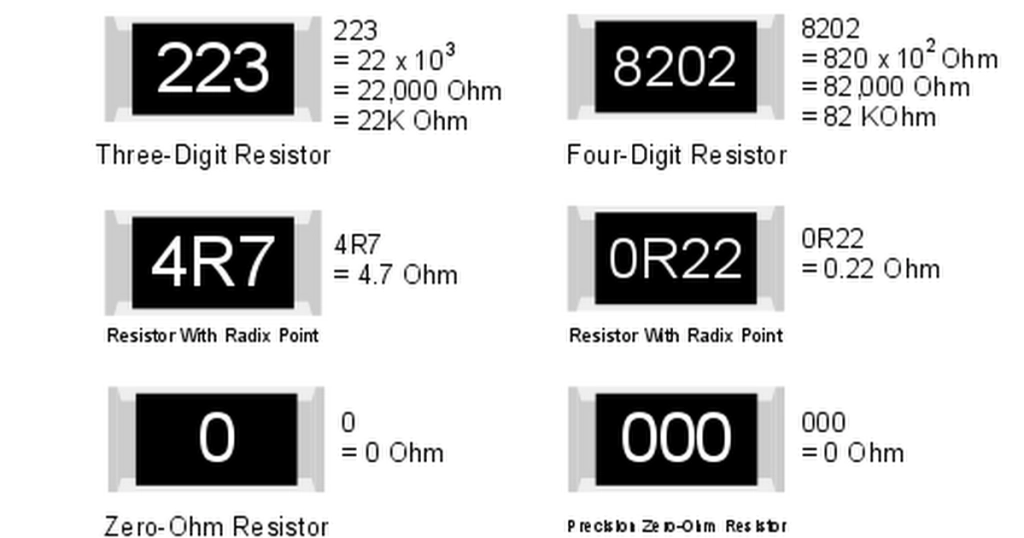
Some examples:
- 4702 means 470 √ó 10¬≤ = 47 kő©
- 1001 means 100 √ó 10¬Ļ = 1 kő©
- 4993 means 499 √ó 10¬≥ = 499 kő©
For precision E96 series, some manufacturers use alphanumeric codes instead of plain digits. These are often difficult to print on a 0402 body, which is why many devices in this size simply have no visible code and are identified only by packaging labels.
FAQs About 0402 Resistors
Can a 0402 resistor handle high-frequency signals?
Yes. Thin-film 0402 resistors offer low parasitic inductance and capacitance, which makes them suitable for RF and high-speed digital circuits. Layout quality and controlled impedance traces are still very important for best performance.
Are 0402 resistors difficult to hand solder?
They are small, but still manageable with the right tools. A hot-air rework station, fine-tipped soldering iron, good tweezers, and magnification help a lot. Beginners often practice with 0603 or 0805 packages before moving down to 0402.
What tolerance is recommended for precision circuits?
For analog, sensor, and RF designs, tolerances of ¬Ī1% or better are recommended. For general digital pull-up or pull-down networks, ¬Ī5% parts are usually enough and provide a better cost position.
Do 0402 resistors burn out easily?
They are reliable when used within their power and voltage ratings. Overload conditions, high ambient temperature, and poor thermal paths can cause overheating. Proper derating and layout design keep the risk of failure low.
What PCB land pattern should be used for 0402?
Most designers follow IPC-7351 or manufacturer-specific land pattern recommendations. These patterns are optimized to provide stable solder joints, consistent paste volume, and good inspection visibility.
Is thick-film or thin-film better for 0402?
Thick-film versions are cost-effective and widely used in consumer electronics. Thin-film versions provide lower noise, tighter tolerance, and more stable temperature behavior, making them ideal for precision circuits and high-end products.
Final Thoughts
The 0402 resistor is one of the most versatile and widely adopted SMD components in modern electronics. Its compact size, broad resistance range, predictable electrical performance, and compatibility with standard SMT processes make it an excellent choice for consumer devices, industrial control equipment, automotive modules, medical electronics, and compact IoT hardware.
By understanding its size, typical values, voltage rating, power rating, and application limits, engineers can make informed choices during PCB design and sourcing. Whether your priority is saving space, improving signal integrity, or optimizing assembly yield, the 0402 format delivers strong performance within an exceptionally small footprint.



